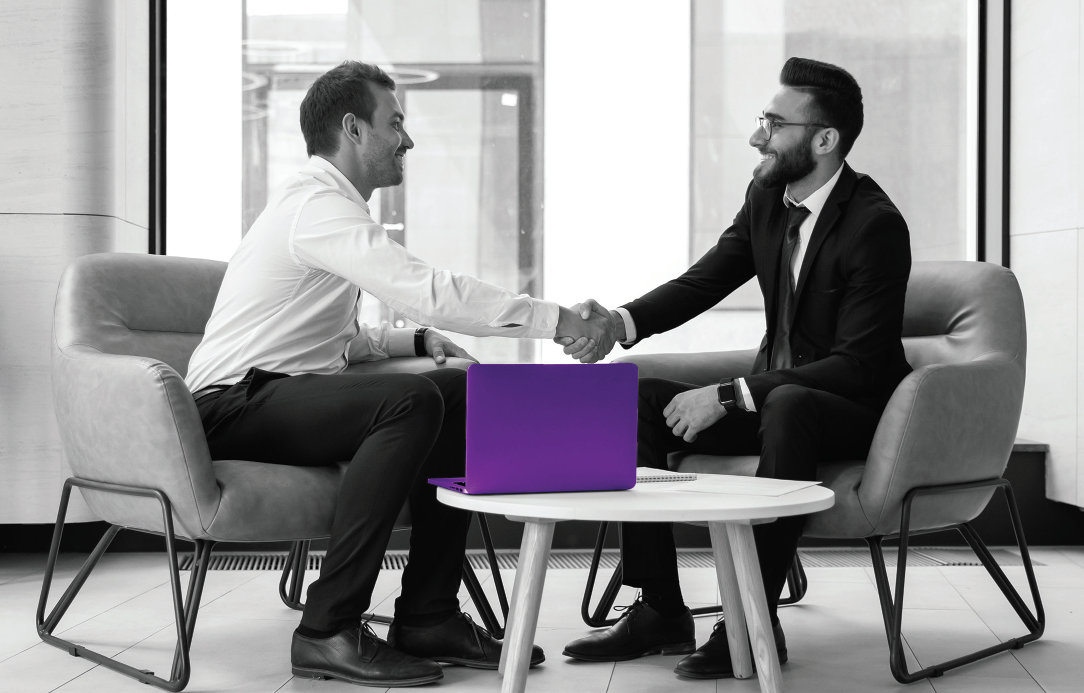Freight bill management and auditing is a major cause of headaches for a number of companies. This is because freight bills can be complex, are often inaccurate and not always sent in a timely manner. However, the freight bill management process can be simplified.
Author: Banyan Technology
How to Get the Best LTL Rates
Companies are always looking for ways to save money, and one place they look to make cuts is on freight spend. However, because the market is currently oversaturated with freight, it may take some research to find the best rates for less than truckload (LTL) freight.
How to Determine the Best Shipping Mode for Your Freight
Full truckload, less-than-truckload, parcel, intermodal. Over-the-road, air, cargo ship, train. In today’s world, there are numerous ways to ship your company’s freight that it can be a daunting task to ensure you make the right call when it comes to moving freight. However, determining the correct shipping mode can have many benefits for your company, including cost-savings, operational efficiencies and improved customer relationships. But, how do companies determine the best mode for shipping their freight?
Improve Your Carrier Communication Strategy with Transparency
Shippers and carriers need to work together to get the best results. To do that, they need to be open and honest about their freight and share as much information as possible. By doing so, the shipping and delivery process can be improved and allow each company to garner significant benefits. As such, an effective communication strategy between shippers and carriers begins with transparency.
Cybersecurity in Transportation: How to Protect Against Data Breaches
The recent ransomware attack to the Colonial Pipeline was a huge eye-opener for many companies across the transportation industry. It not only showcased how vulnerable companies are – no matter what size they are – but it also showed how a cyber-attack can have far-reaching negative effects.
Is Intermodal Transportation Right for Your Company?
Intermodal transportation is becoming more and more popular for a number of shippers. It is a process that involves two or more modes or carriers to move goods from the shipper to the receiver. It can include full truckload, less than truckload, rail and cargo ship or any combination. Shippers have increased their usage of intermodal transportation since the pandemic and ecommerce surge because it is often less expensive compared to over-the-road shipping as it is generally charged per load instead of per mile.
However, the intermodal industry is seeing some of the same issues affecting the entire supply chain. Freight capacity remains very high, and it is causing congestion at shipping and inland rail ports, making deliveries take longer than they would in “normal” conditions. The drayage sector is also affected by the driver shortage that has negatively impacted the entire trucking industry. Additionally, as reported by the Journal of Commerce, there is a shortage of containers and chassis at major intermodal markets because of the high amount of freight.
Therefore, shippers need to weigh the benefits versus the challenges when deciding to ship intermodal or not.
Why are More 3PLs and LTL Companies Venturing into Last-Mile Delivery?
Full Truckload Automation: Taking the Manual Out of Spot Rate Quoting
In most industries, companies have similar goals – and they often boil down to saving time and money and increasing productivity. This is no different in the full truckload shipping sector. Companies are looking for ways to create operational efficiencies while saving money and making their employees’ jobs easier so they can get more done in a day. One of the best ways to accomplish these goals is to automate as many manual processes as possible.
Full Truckload Automation: Taking the Manual Out of Spot Rate Quoting
In most industries, companies have similar goals – and they often boil down to saving time and money and increasing productivity. This is no different in the full truckload shipping sector. Companies are looking for ways to create operational efficiencies while saving money and making their employees’ jobs easier so they can get more done in a day. One of the best ways to accomplish these goals is to automate as many manual processes as possible.
Improve Your LTL Freight Management with Dynamic Pricing
Change is constant. Throughout the supply chain, we see changes in material costs, demand, fuel surcharges – you name it. So, why in an industry that is constantly affected by change, are we stuck using static rate tables or routing guides? A dynamic industry requires dynamic pricing to get the best results.








